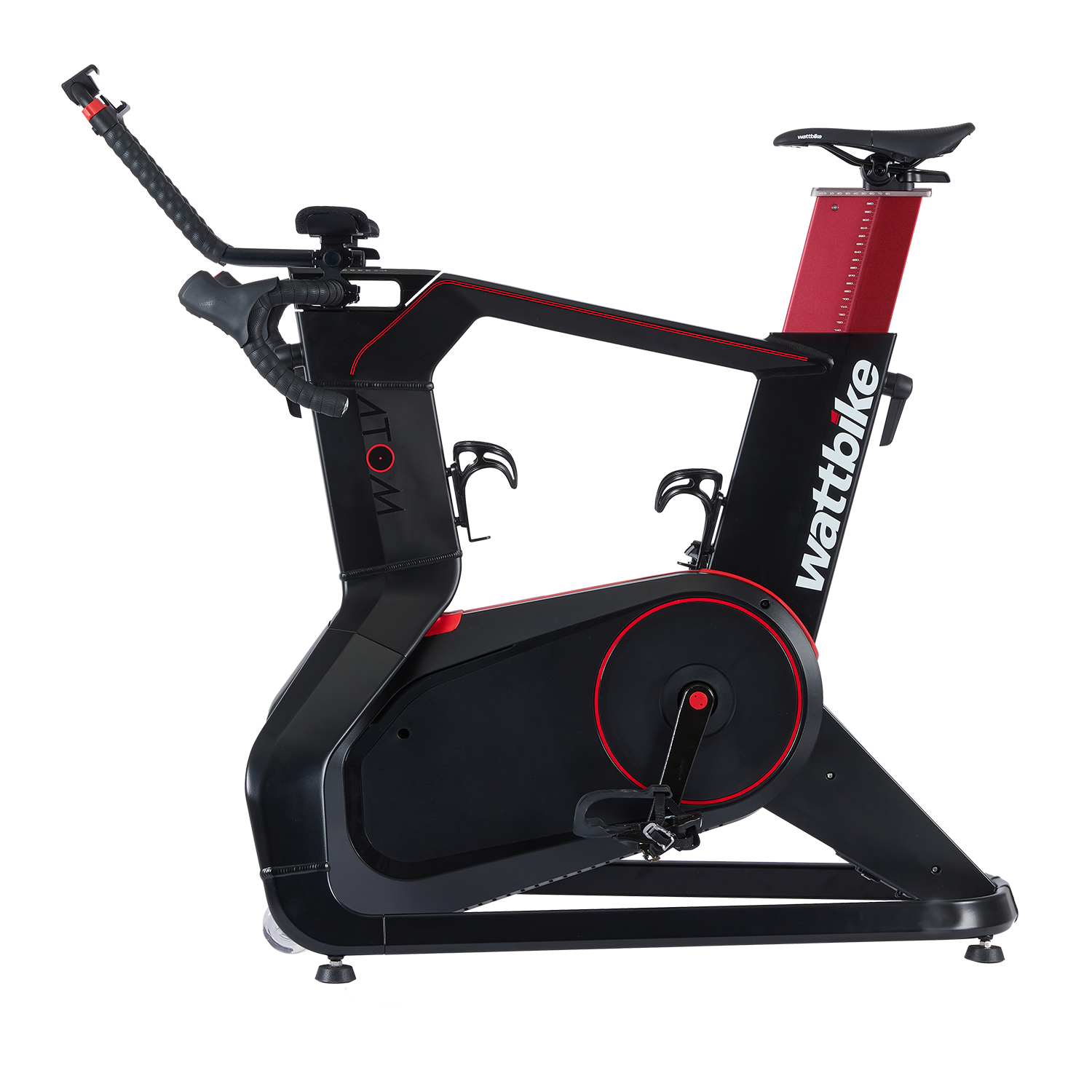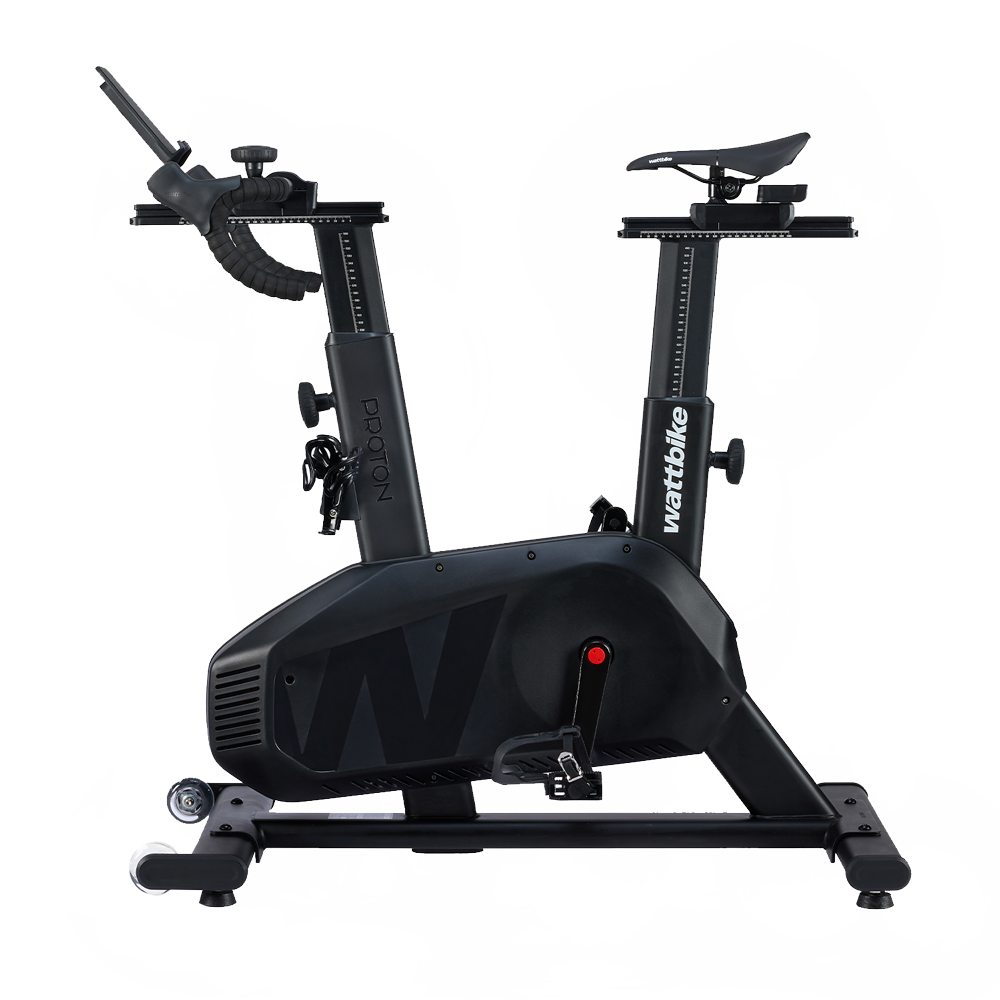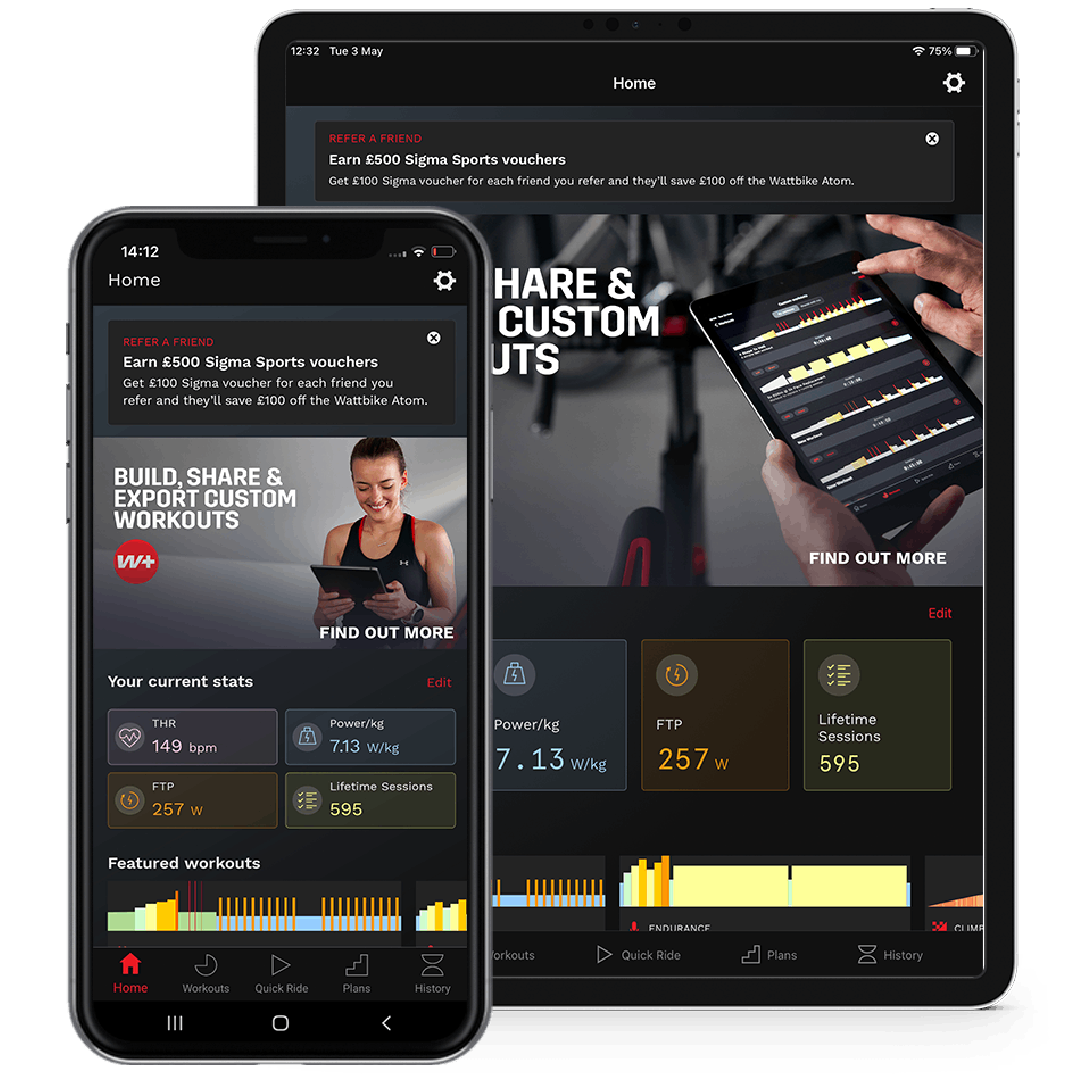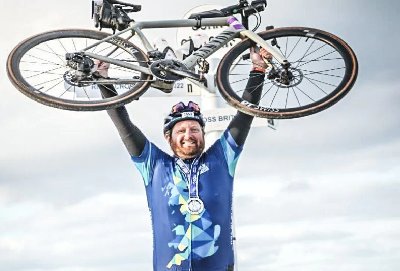Your Cart is Empty
shop
training & apps
support & services
news & information
Hakone Ekiden: The Ultimate Marathon Relay
January 04, 2019 3 min read

During the first few days of the year, something fascinating happens in Japan. At 7am on a bank holiday, the streets are packed full of people, there are helicopters circling in the sky, and live instruments provide a steady beat for groups of cheerleaders on every corner. Today is the day of Hakone Ekiden, a long distance relay race where teams of young university students run a grand total of 220km over the course of two days.
Millions of people tune in from homes across the country to follow the extensive television coverage of Japan’s biggest sporting event, which takes place yearly, and has been doing so for 98 years now. Brands such as Nike, Mizuno, and Oakley even release special Hakone-branded products for teams and fans to wear.
There are 23 teams who take part, each consisting of 10 students aged between 18 and 22, who all rise to this incredible challenge. The Hakone course starts in central Tokyo and runs through the city and up the mountains to the foot of Mount Fuji. On the second day of racing, runners turn around and run back into the city again. The course consists of 10 stages, all of which are close to a half marathon in distance.

THE WINNING FORMULA
So how do students prepare for such a gruelling race? Apart from pounding the pavement day in, day out, several teams are using Wattbikes to complement their training. One of the strongest teams - and this year’s favourite - Tokai University have been using Wattbikes for the past three years to prepare for the race. The team train on Wattbikes and use accompanying training protocols provided by our Japan distributor.
Their hard work certainly paid off this year, as the Tokai University team won the Hakone for the very first time. The secret behind this win seems to be a mix of traditional marathon training and off-feet conditioning, as the university team utilise Wattbikes for both injured and non-injured athletes to prepare for the race. Injured runners use the Wattbikes to keep up their miles, and non-injured runners use the bikes for cross-training purposes. Sessions on the Wattbikes are done to avoid overloading the muscles and joints, something which can easily happen when training for a marathon, as the landing impact which accompanies this kind of training can be particularly harsh on the body.
The bikes are also used because they can provide higher cardiopulmonary load than running, as the bike allows students to easily raise their heart rate to maximum without overloading joints and muscles through impactful running. The bikes thus have the advantage of securing high strength training while reducing the risk of failure and injury.

TRAINING WITH DATA
The university coach at Tokai University collects data from all sessions, so that he can easily compare each runner’s numbers to past sessions to check for improvement. Students also take advantage of the technological innovations provided by the Wattbike by using polar view to make sure their pedalling technique is good.
Here are three sample sessions which the Tokai University team did to prepare for the Hakone race:
① 70 seconds × 10 to 15 sets (rest 60 seconds)
Trainer Level 2 to 4
110 to 120 rpm
(This is considered to be an alternative to 300/400 m × 10-15 runs)
② 3 minutes × 5 to 10 sets (rest 90 to 120 seconds)
Trainer Level 2 to 4
110 rpm
(This is considered to be an alternative to 1,000 m x 5-10 runs)
③ 15 minutes x 3 sets
RPM 100 rpm
Find out more about therace and results. Feeling inspired? Check out some of our free training plans and training sessionshere.
Also in Sports Zone

Performance On & Off The Field - Leicester Tigers Miniseries
May 16, 2024 3 min read
In the hugely competitive landscape ofPremiership rugby, every edge counts. Behind the scenes at Leicester Tigers, one of England's most prestigious rugby clubs, at the heart of theirtraining is the innovative use ofWattbike technology. We caught up with Strength and Conditioning Coach Will Findley and discussed how Leicesteruse the bikes to get the most out of their players on and off the field.
Read More
England Rugby: Powered by Wattbike
March 14, 2024 3 min read
A recent behind-the-scenes glimpse into their training camp in York during the Six Nations' fallow week showcases not just the grit and determination of the players but also the innovative approach to conditioning that sets England Rugby apart.
Read More
LEEDS UNITED - EP 3: BENCHMARKING & TESTING DATA
January 31, 2024 2 min read
In the third and final episode of the Leeds United mini-series, you'll learn about how the Wattbike is utilised to test and benchmark the players throughout the year.
Read MoreGet the latest!
News, training tips, offers and more, straight to your inbox.








